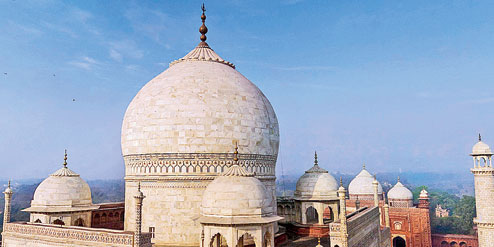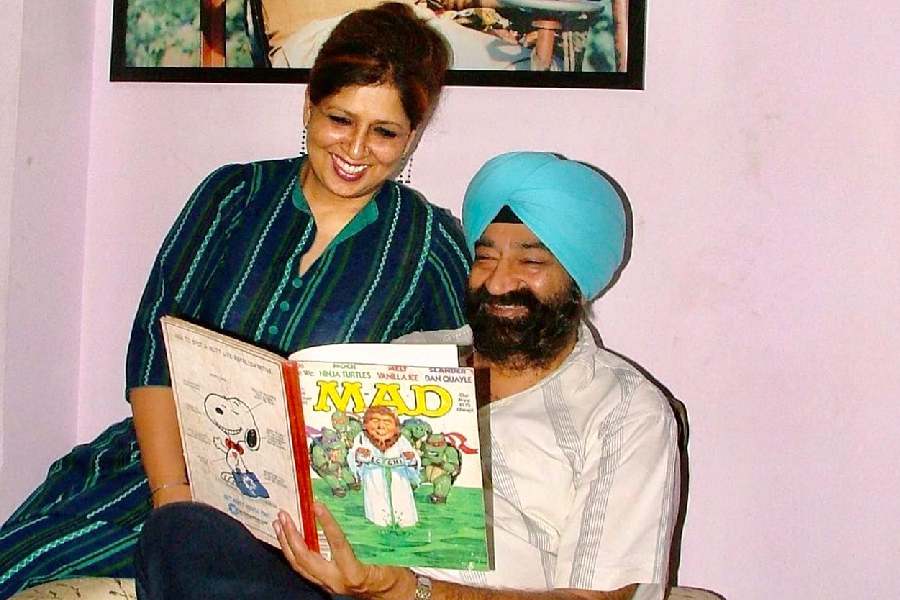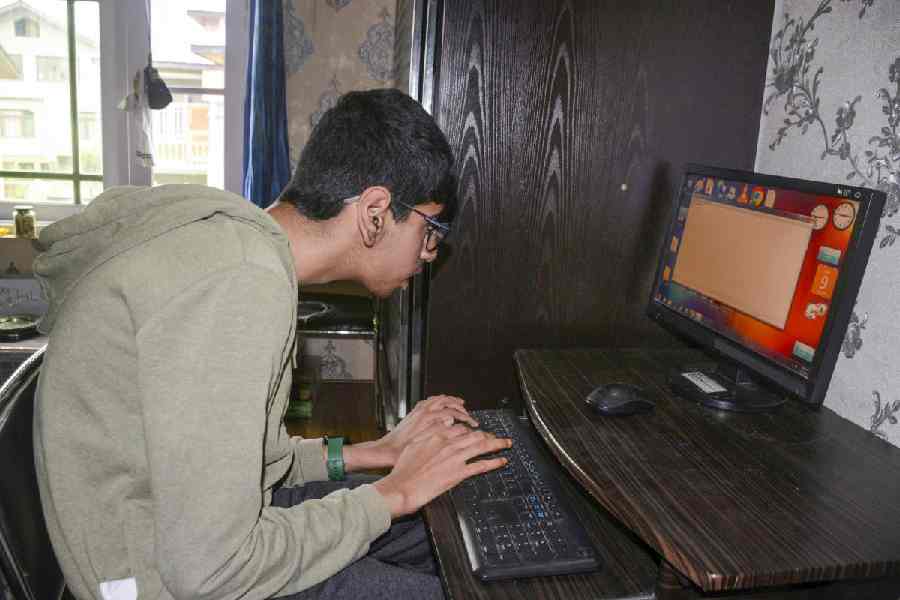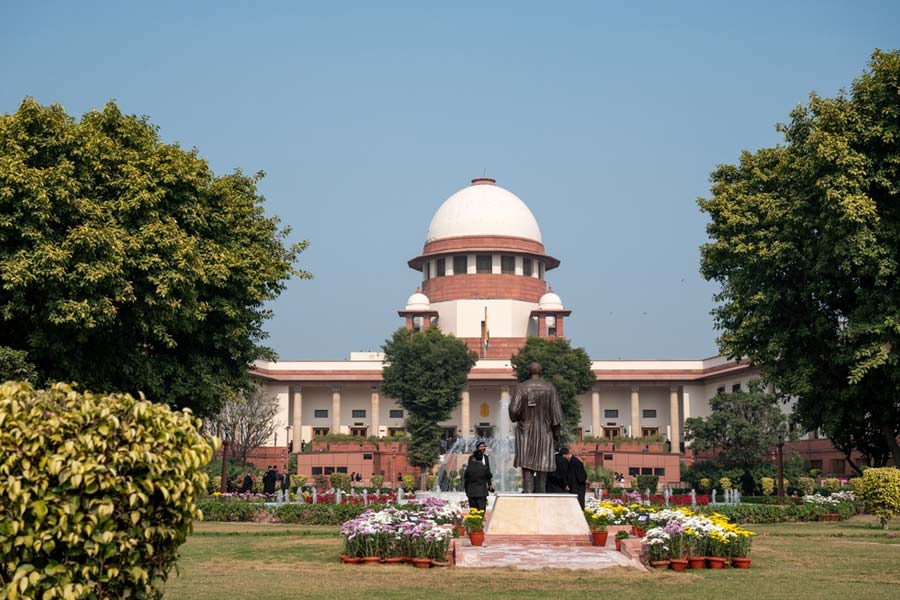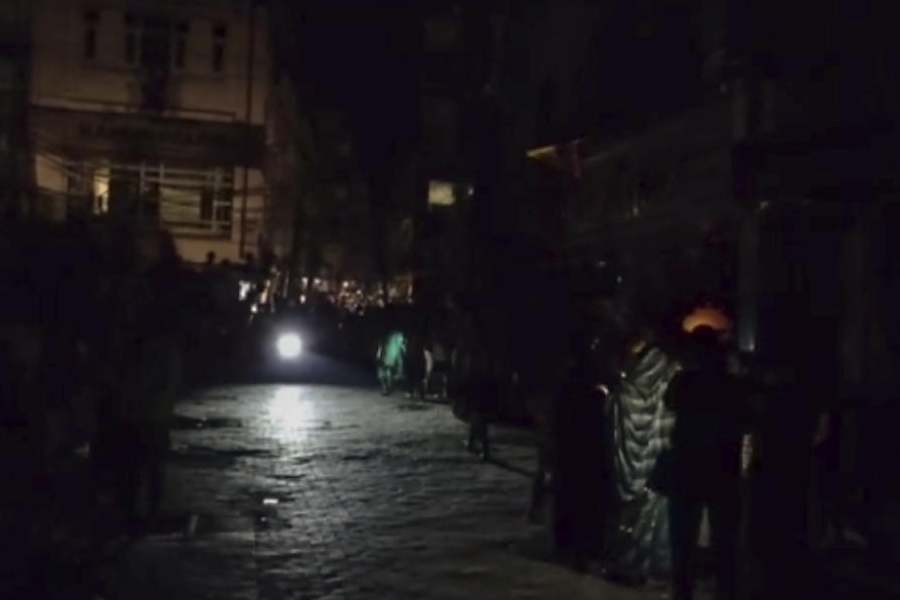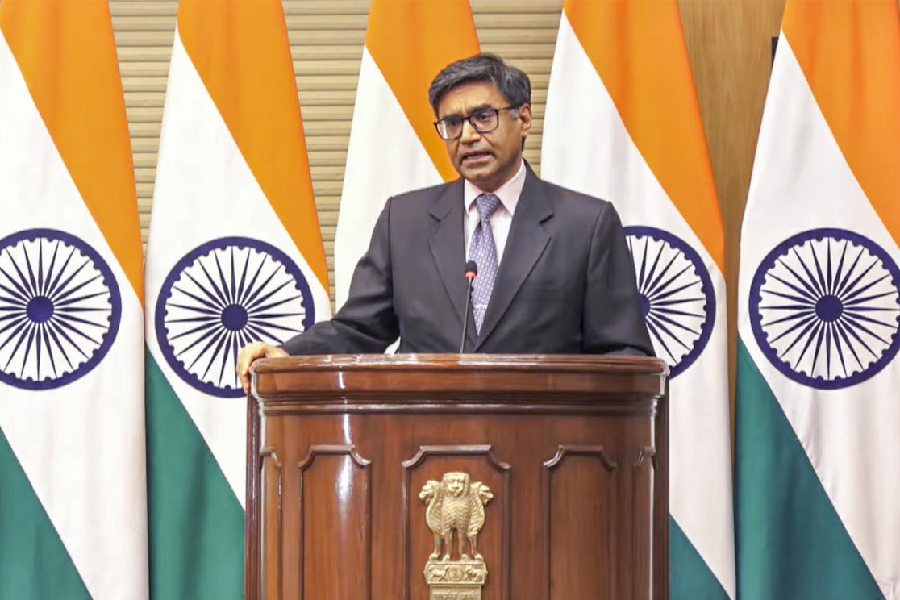
New Delhi, March 27: Satellite imagery specialist Mandyam Rajani recalls almost flinching when her senior colleague Dilip Ahuja proposed she might find a flaw in one of India's most treasured architectural showpieces, the Taj Mahal.
Ahuja, unable to dismiss something he had sensed nearly three decades ago during his second visit to the Taj, asked Rajani whether she could apply her skills in analysing images to measurements of the monument's central dome.
The two researchers from the National Institute of Advanced Studies, Bangalore, have shown that the Taj's central dome is not perfectly symmetrical, refuting a longstanding view that one of the mausoleum's hallmarks has been its perfect bilateral symmetry.
Archaeologists and historians believe that over 20,000 artisans and craftspeople had helped build the monument between 1631 and 1648, under the orders and supervision of Mughal emperor Shah Jahan.
Ahuja and Rajani have documented differences in the radii of the dome from its top to the bottom, marking an asymmetry in its structure. Their paper, straddling architecture, image analysis and historical lore, was published on Friday in Current Science, a journal from the Indian Academy of Sciences.
"Most people may miss this, possibly because of the magnificence of the structure and the awe it inspires," said Ahuja, professor of science and technology policy.
Ahuja said: "To spot this imperfection, the eyes need to detect subtle differences between the two large curves that make up the two sides of the dome."
The researchers assert they are both admirers of the monument and have sought to pre-empt criticism that they were looking for flaws in a widely admired national treasure. They have argued that the structure is so beautiful already that perfect symmetry would not have improved it.
When the two researchers began examining images of the Taj in early 2015, they were unknowingly exploring a facet of the mausoleum that had intrigued John Marr, a British art historian who visited the monument over a dozen times between 1961 and 1997.
During two of those visits, he was forced to approach the monument not from the usual southern side but on a different route from the southeast.
"All I had was a very good pair of eyes, but when I was about a half-mile away from the complex, I saw this slight imperfection in the dome," Marr, former professor of South Asian studies at the School of African and Oriental Studies, London, told The Telegraph over the phone from the UK.
"You can't see it so well from the usual spots where tourists stand and look at the dome."
Archaeologists had in the mid-1990s detected that the northern and southern ends of the platform on which the Taj stands are sinking at different rates: the northern end has sunk 35mm more than the southern end.
The two researchers have ruled out this differential sinking as a cause of the asymmetry. They speculate that the imperfection was unintentional and present from the start, perhaps unavoidably given the limitations of measurements and tools available during the mid-17th century.
"The dome's immensity, its complex architecture and the limitations of making precise measurements would have made construction a hugely challenging task," said Rajani, an assistant professor and a specialist in the use of satellite imagery in archaeological research.
"I was surprised when Prof. Ahuja suggested we analyse pictures of the dome," she said. "I've been to the monument five times; its beauty, magnificence and size are always overwhelming. But now I can see the asymmetry in almost every image of the dome."
The researchers have also tried to speculate whether Shah Jahan himself was aware of the imperfection.
"It seems incredibly unlikely to us that for someone with his aesthetic sense, he would not have known," they wrote in their Current Science paper.
"More likely, he chose to overlook it. It is quite possible that the artisans may have convinced him that there was no way to guarantee that a second attempt would lead to an improvement given the tools available to them and the complexity of the dome's shape."
Rajani has detected similar asymmetry in an analysis of the dome of the Jama Masjid in Delhi, also built during the reign of Shah Jahan, but not in the dome of Humayun's tomb, constructed nearly eight decades before the Taj.

